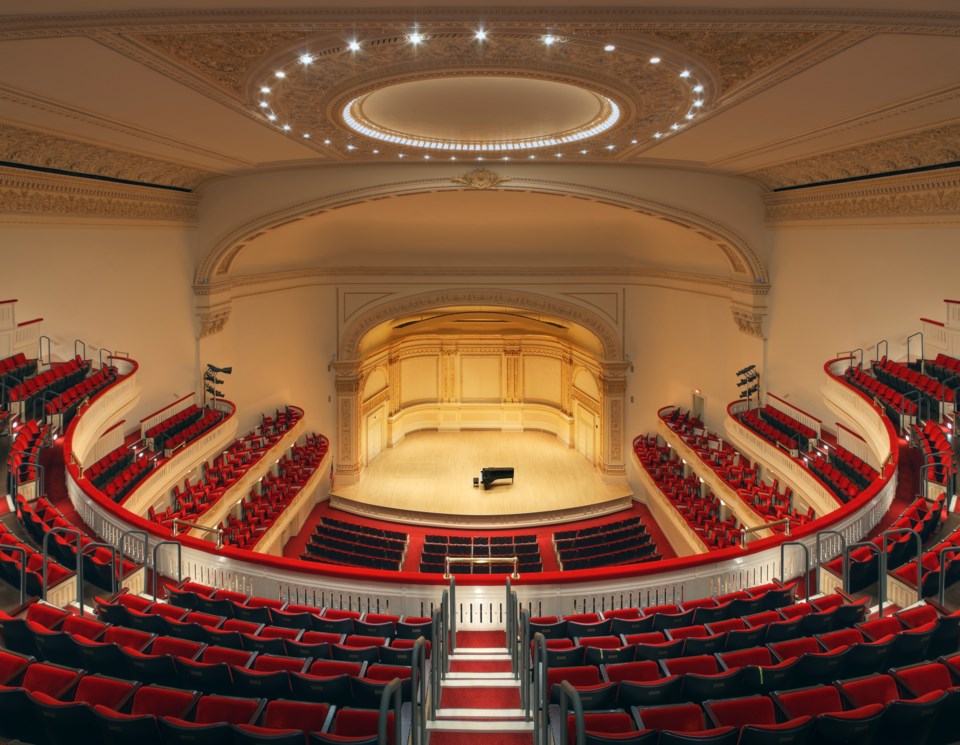Rob Allison has a little trick he likes to show visitors when they come to St. John’s United Church in Georgetown.
He asks his guests to stand at the far end of the sanctuary, behind the pews. He then stands at the opposite end and whispers, “What time is it?” - a question that carries right through to the other side of the room clear as day.

Allison, or anyone else, would have trouble pulling off the same trick in any other church.
“We have acoustics that are comparable to Carnegie Hall,” said Allison, who serves as the marketing lead for The Sanctuary Concert Hall (TSCH) - a new brand the church launched to bring attention to the acoustics its Georgetown sanctuary offers for musical performances.
Whether it’s a pipe organist playing a hymn, an opera singer belting out an aria or a rock band shredding on their instruments, Allison says many musicians have noted the space's acoustics.
“Every performer that comes through here says the same thing - ‘I sound so good in here,’" Allison said.
“Operatic singers who come in here don't use any amplification at all. A rock band would use amplification, but it would be very much downplayed so that you don't overpower the space."
A certain warmth imbues each sound uttered in TSCH. The acoustics in the location make it feel both grand and intimate. Visitors can visually marvel at its precise engineering while aurally feeling the omnipresence of the divine.
The hall began its life with beautiful acoustics and was renovated in 2014 with an eye to enhancing them, said pipe organist Christopher Dawes.
Dawes, who has been a musician for five decades and possesses the gift of perfect pitch, knows a thing or two about what features of a room enrich acoustics.

The half-dome-shaped apse in the sanctuary is one of the major features that amplify sound.
TSCH’s smooth surfaces, extended stage and wide interior contribute to an “acoustical bloom,” according to Dawes.
“Sometimes when you sing in a small room you feel stifled because you're not hearing the room communicate back to you,” he said.
“Despite having a carpeted surface, it still has quite a resonant acoustic. This is really unusual in rooms like this that have carpet.”
Allison may not be exaggerating his comparison to Carnegie Hall as science can back up his claim. The mathematically inclined can employ a formula that calculates the Reverberation Time 60 (RT60) value of a space. Simply put, the value is the amount of time it takes for sound at 100 decibels to dissipate down to 40 decibels.
The RT60 value of New York’s famed concert venue stands at 1.8 seconds. When Allison did the calculations himself, he realized TSCH’s value was 1.78 seconds.
“It shocked me, quite honestly,” Allison recalled, noting he hopes to one day test his work against that of a professional acoustician.
St. John’s United Church will be celebrating the 10th anniversary of the renovations that have so amplified the sounds played in TSCH this weekend. Dawes and saxophonist Daniel Rubinoff will be performing at the Saturday, March 16 event. Doors open at 6:45 p.m.
For ticket information on this performance and others, visit tsch.ca.
